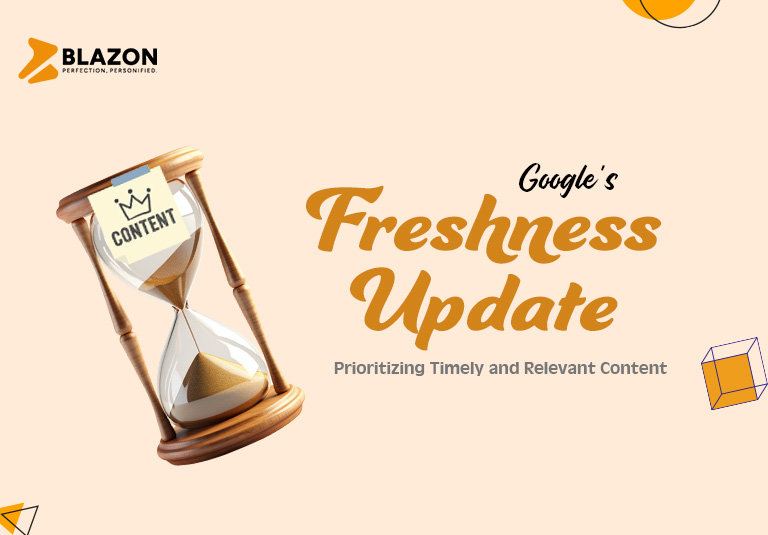Introduction
- Google introduced the Freshness Algorithm in November 2011.
- Aimed at delivering the most up-to-date and relevant content to users.
Evolution of Search
- Shift from static to dynamic search results.
- Recognition of the need to prioritize freshness in search results.
Freshness Score
- Assigns a score based on publication date and frequency of updates.
- Pages with recent updates or new content receive higher freshness scores.
Impact on SEO Strategies
- Forced adaptation to prioritize timely content creation and updates.
- Monitoring industry news, trends, and events became essential.
- News websites and blogs benefited from the ability to capitalize on breaking news and trending topics.
Navigating the Post-Freshness Landscape
- Striking a balance between freshness, quality, and relevance.
- Updating existing content, repurposing evergreen content, and creating timely content around relevant events.
Conclusion
- The Freshness Algorithm represents a significant step forward in Google’s quest to deliver timely and relevant search results.
- Lessons learned include embracing the need for speed, staying informed, and producing high-quality, timely content.














